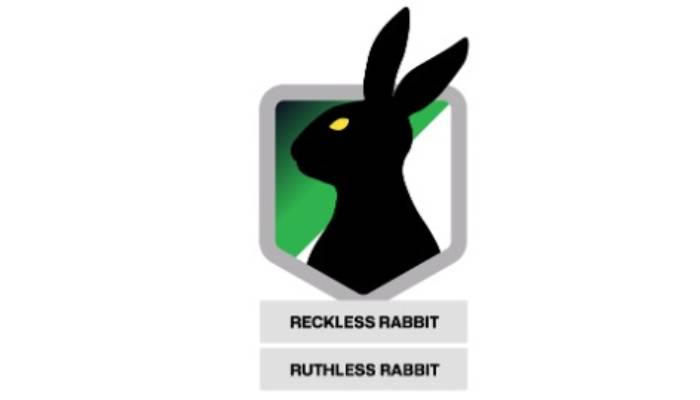Infoblox Threat Intel exposes ‘Reckless Rabbit’ and ‘Ruthless Rabbit’—cybercriminals using RDGAs, celebrity fakes, and spoofed sites to defraud global investors.
Investment scams cost U.S. consumers a staggering $5.7 billion in 2024, according to new research from Infoblox Threat Intelligence. The culprits? Sophisticated scam actors like Reckless Rabbit and Ruthless Rabbit, who exploit digital platforms, DNS loopholes, and social engineering to steal from unsuspecting investors.
These threat actors belong to a new class of cybercriminals using Registered Domain Generation Algorithms (RDGAs), a more evasive evolution of DGAs. Unlike traditional methods, RDGAs generate and register thousands of domains, making detection exponentially harder.
Reckless Rabbit spreads its web through malicious Facebook ads, often disguised with fake celebrity endorsements. By using wildcard DNS responses, it creates massive domain noise to hinder detection. This actor casts a global net, using localized content to build credibility across regions.
Ruthless Rabbit, on the other hand, is stealthier. It operates its own cloaking service to filter out non-target users and frequently spoofs regional news portals and trusted brands like WhatsApp. Its dynamic URL paths change constantly to avoid being traced.
The success of these scams hinges on two elements: chaos and trust. In unstable economic times, people are more susceptible to too-good-to-be-true investments—especially when promoted by seemingly trustworthy sources.
“Cybercriminals are exploiting psychological vulnerabilities with increasing technical sophistication,” said Anthony James, VP of Product Marketing at Infoblox. “With DNS as a central tactic, organizations must rethink how to protect users at the network layer.”
Infoblox’s findings stress the need for Protective DNS services powered by intelligent threat feeds. Consumers, too, must be vigilant: validate domains via search engines and remain skeptical of any platform endorsed by celebrities or promoted via unfamiliar media channels.


